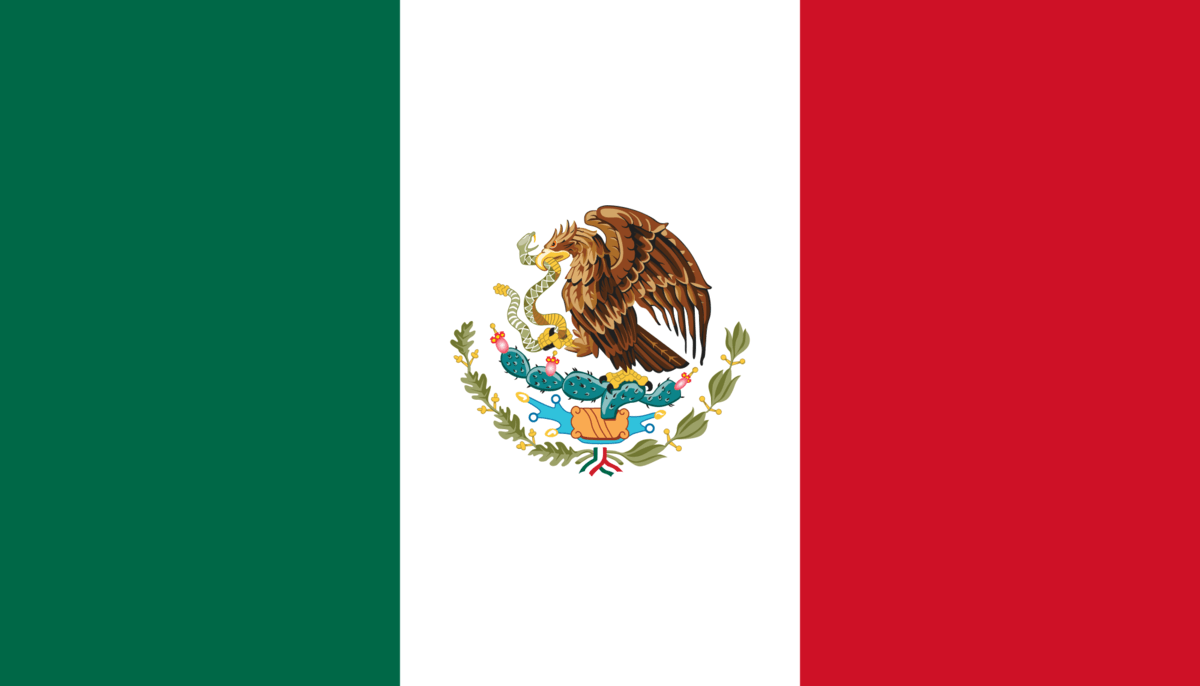Today we’ll discuss a very specific type of adjectives we refer to as adjectives of color, and how they are used in Spanish.
When we talk about adjectives of color, we refer to adjectives that describe a specific characteristic of the noun. In the sentence “The book is red,” the adjective (red) is describing a physical attribute of the noun (book). These are collectively known as descriptive adjectives.
Adjectives of color work in a pretty similar way in Spanish. But first, here are a few things we need to keep in mind, especially about how adjectives work in that language:
- Adjectives must match in gender and number with the noun. In Spanish, adjectives have a gender, and colors are no exception.
- If you look up an adjective in the dictionary, you’ll usually find it in its masculine singular form ending in o, e, or with a consonant e.g. rojo (red), celeste (sky-blue), gris (gray), etc.
How to use adjectives of color in Spanish
As we’ve already discussed, we need to pay attention to the gender and the number of the noun and make sure we modify the adjective to match it. Let’s check out these examples:
Tip: Click on any of the linked sentences in this article (while on a mobile) to add them directly to your Fluent Forever app, so you can study them later. Don’t have our app yet? Download it here!
- El perro es blanco. (The dog is white.)

We use the adjective blanco (white) to describe the dog’s color. The gender of the noun is masculine, and since we’re talking about one dog, we don’t need to change our adjective, as its masculine singular form already matches the noun.
- Las camisas son rojas. (The shirts are red.)
Here, the gender of the noun camisas (shirts) is feminine, and we’re talking about several objects (plural). We need to modify the adjective rojo (red) to match the noun, so we switch the masculine form rojo to the feminine roja, then form the plural by adding “s” at the end (rojas).
As you’ll have noticed in the second example, what determines the gender and number of the adjective is its termination. The masculine singular often ends with o, and the feminine singular will usually end with a. For the plural form, the termination will be (in most cases) a consonant.
What about adjectives whose singular form ends with e or a consonant? In these cases, the masculine and feminine form is the same, such as for the colors azul (blue), gris (gray), or verde (green):
- Las sillas son azules. (The chairs are blue.) (feminine)
- Sus ojos son grises. (Their/his/her eyes are gray.) (masculine)
- Las hojas son verdes. (The leaves are green.) (feminine)
Here’s a list of some of the adjectives of color and their different forms:
| Masculine Singular | Masculine Plural | Feminine Singular | Feminine Plural |
| Blanco (White) | Blancos | Blanca | Blancas |
| Azul (Blue) | Azules | Azul | Azules |
| Gris (Gray) | Grises | Gris | Grises |
| Rosado (Pink) | Rosados | Rosada | Rosadas |
| Verde (Green) | Verdes | Verde | Verdes |
| Negro (Black) | Negros | Negra | Negras |
And that’s it! Now you’re ready to start using adjectives of color in your Spanish sentences!
Written by Humberto Aparicio





